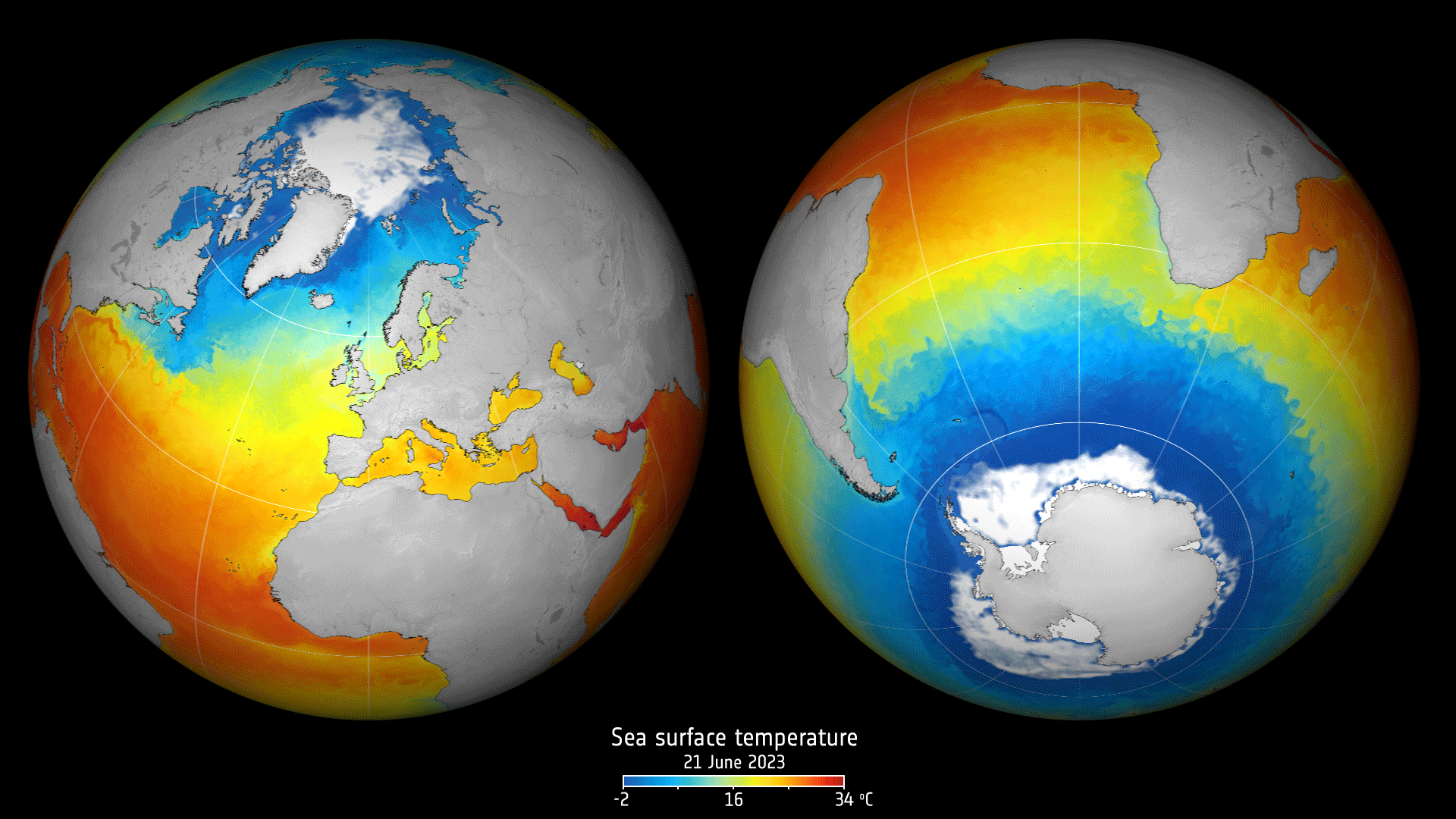US Space Force awards L3Harris new contract option for deep space tracking system modernization
Sunday, 20 April 2025 05:21 L3Harris Technologies (NYSE: LHX) has secured a contract extension from the U.S. Space Force's Space Systems Command to continue advancing the ground infrastructure that supports the nation's Space Domain Awareness (SDA) mission. This ongoing work is part of the Maintenance of Space Situational Awareness Integrated Capabilities (MOSSAIC) program, which provides surveillance and tracking of objec
L3Harris Technologies (NYSE: LHX) has secured a contract extension from the U.S. Space Force's Space Systems Command to continue advancing the ground infrastructure that supports the nation's Space Domain Awareness (SDA) mission. This ongoing work is part of the Maintenance of Space Situational Awareness Integrated Capabilities (MOSSAIC) program, which provides surveillance and tracking of objec Spring planting boosted by satellites, new agricultural tech
Sunday, 20 April 2025 05:21 From the prospect of space seeds improving yields to satellite-guided fertilization of soil, farmers across the country are turning to advanced technology to ensure smooth planting this spring.
In recent years, northeast Heilongjiang province has focused on scientific and technological innovation, to improve its agricultural intelligence and methods. Farmers have also taken advantage of ne
From the prospect of space seeds improving yields to satellite-guided fertilization of soil, farmers across the country are turning to advanced technology to ensure smooth planting this spring.
In recent years, northeast Heilongjiang province has focused on scientific and technological innovation, to improve its agricultural intelligence and methods. Farmers have also taken advantage of ne Surviving lunar night with radioisotope energy
Sunday, 20 April 2025 05:21 At the 40th Space Symposium, ispace technologies U.S., inc. (ispace-U.S.) and Zeno Power Systems, Inc. (Zeno Power) announced a joint initiative to develop power systems that enable sustained operations during the Moon's prolonged periods of darkness. The strategic agreement sets the stage for a demonstration mission as early as 2027.
Surviving the lunar night has been identified by NASA a
At the 40th Space Symposium, ispace technologies U.S., inc. (ispace-U.S.) and Zeno Power Systems, Inc. (Zeno Power) announced a joint initiative to develop power systems that enable sustained operations during the Moon's prolonged periods of darkness. The strategic agreement sets the stage for a demonstration mission as early as 2027.
Surviving the lunar night has been identified by NASA a States bid to host a revamped NASA headquarters
Friday, 18 April 2025 22:10
More states are lining up in a bid to host NASA’s headquarters, but the prize they seek may turn out to be smaller than they expect.
ESA School Days 2025 at ESRIN
Friday, 18 April 2025 09:00 Video:
00:06:15
Video:
00:06:15
English
From 7 to 11 April, ESA's Centre for Earth Observation in Frascati, ESRIN, hosted the 2025 edition of ESA School Days, welcoming almost 1400 young students.
The event kicked off with primary school students (4th and 5th grades) visiting during the first three days, followed by secondary school students on the final two days.
Throughout the week, 35 schools from across Italy engaged in presentations and laboratories, delving into the diverse space activities conducted at ESA’s establishment.
This initiative, which included contributions from ESERO Italia and the Italian Space Agency (ASI), aims to inspire and engage the next generation of STEM
Earth from Space: Giza, Egypt
Friday, 18 April 2025 07:00 Image:
This very high-resolution image captures the Egyptian city of Giza and its surrounding area, including the world-famous Giza Pyramid Complex.
Image:
This very high-resolution image captures the Egyptian city of Giza and its surrounding area, including the world-famous Giza Pyramid Complex. NASA safety panel warns of increasing risks to ISS operations
Friday, 18 April 2025 01:19
Members of a NASA safety panel said they were “deeply concerned” about the safety of the aging International Space Station, citing long-running issues and funding shortfalls.
Multilateral coordination will be needed for commercial space stations
Thursday, 17 April 2025 18:40
Bill Nye on NASA budget cuts & key space issues
Thursday, 17 April 2025 16:39
In this week's episode of Space Minds, Bill Nye, CEO of the Planetary Society sits down with host David Ariosto.
L3Harris expands space manufacturing as companies vie for position in ‘Golden Dome’
Thursday, 17 April 2025 14:34
L3Harris announced a $125 million expansion at its space manufacturing site in Fort Wayne, Indiana.
Creotech Instruments secures €52 million ESA contract to build Polish satellite constellation CAMILA
Thursday, 17 April 2025 14:18
Sea surface warming faster than expected
Thursday, 17 April 2025 14:00
Satellite observations show that sea-surface temperatures over the past four decades have been getting warmer at an accelerated pace.
It's time to build a space telescope interferometer—this could be the first step
Thursday, 17 April 2025 13:54This request seems a bit unusual, so we need to confirm that you're human. Please press and hold the button until it turns completely green. Thank you for your cooperation!
Press and hold the button
If you believe this is an error, please contact our support team.
185.132.36.159 : e8c297bb-f638-4489-b701-6f174a6d
Missing nitrogen traced to deep Earth core in planetary formation simulations
Thursday, 17 April 2025 12:09 A longstanding mystery in Earth science may finally have an answer: why Earth's rocky mantle contains so little nitrogen compared to other volatile elements. According to a new study from Ehime University, most of Earth's nitrogen may have sunk into the core during its formation, effectively hiding it from view for billions of years.
During Earth's infancy, the planet was covered by a deep
A longstanding mystery in Earth science may finally have an answer: why Earth's rocky mantle contains so little nitrogen compared to other volatile elements. According to a new study from Ehime University, most of Earth's nitrogen may have sunk into the core during its formation, effectively hiding it from view for billions of years.
During Earth's infancy, the planet was covered by a deep 

